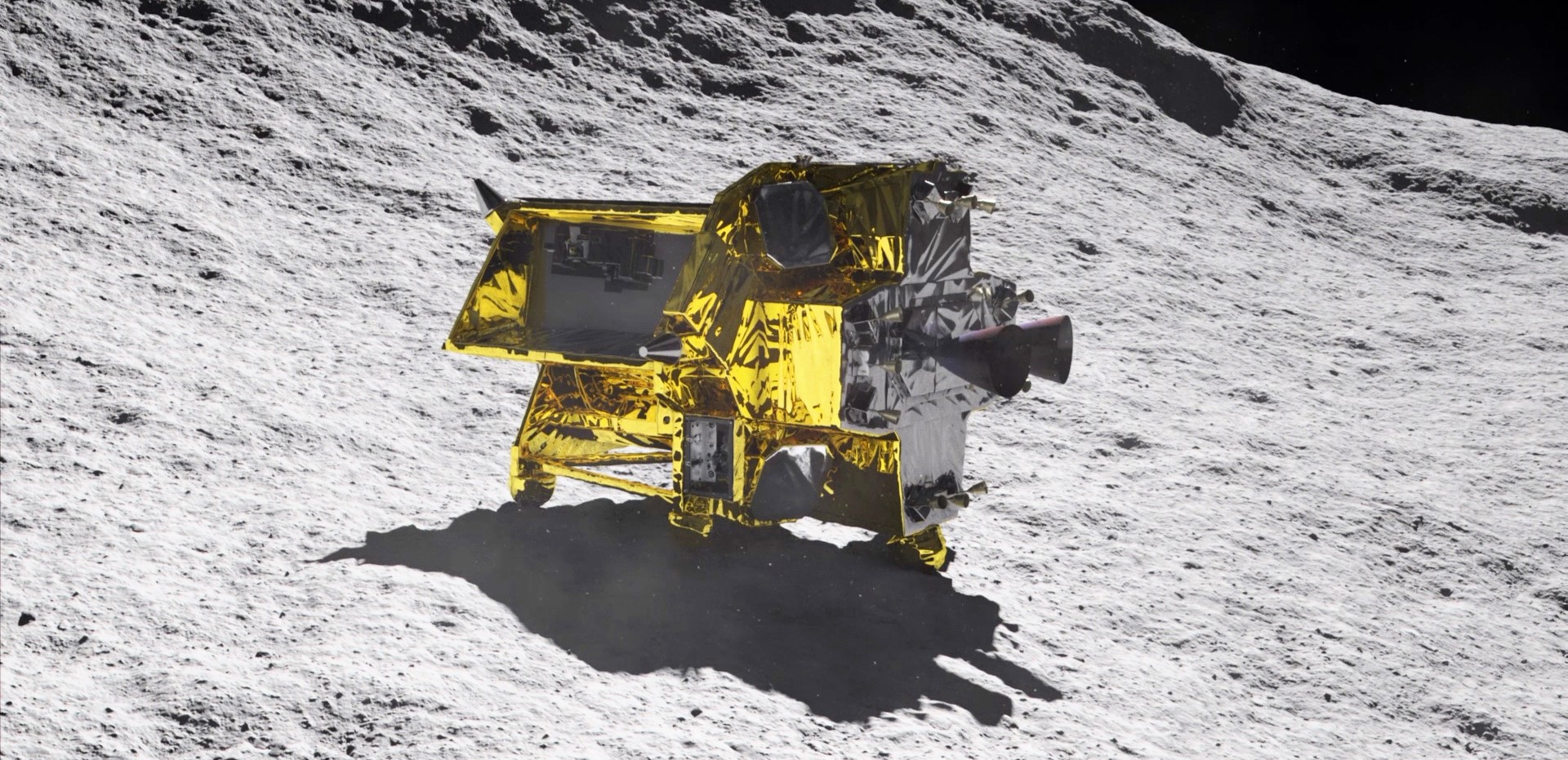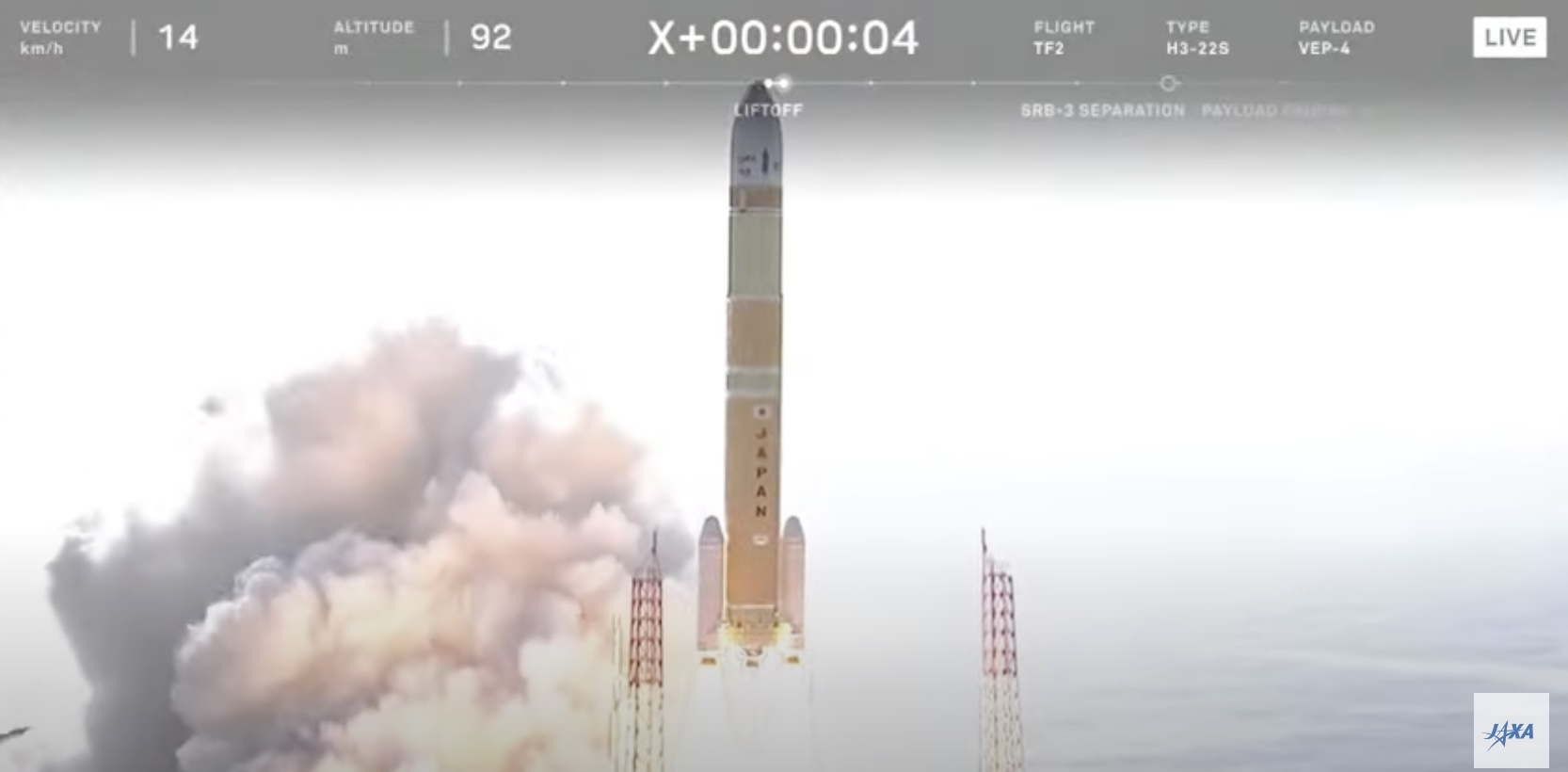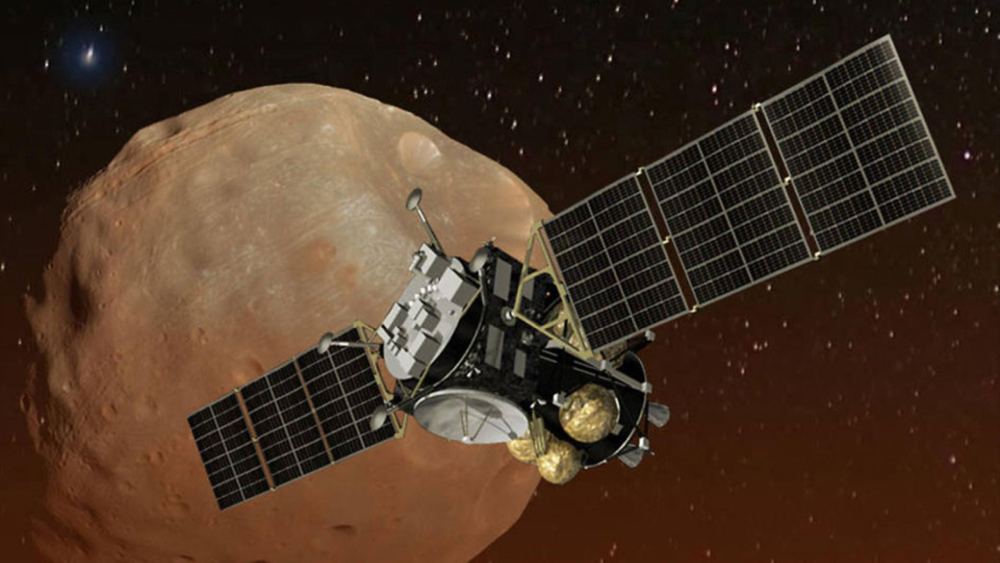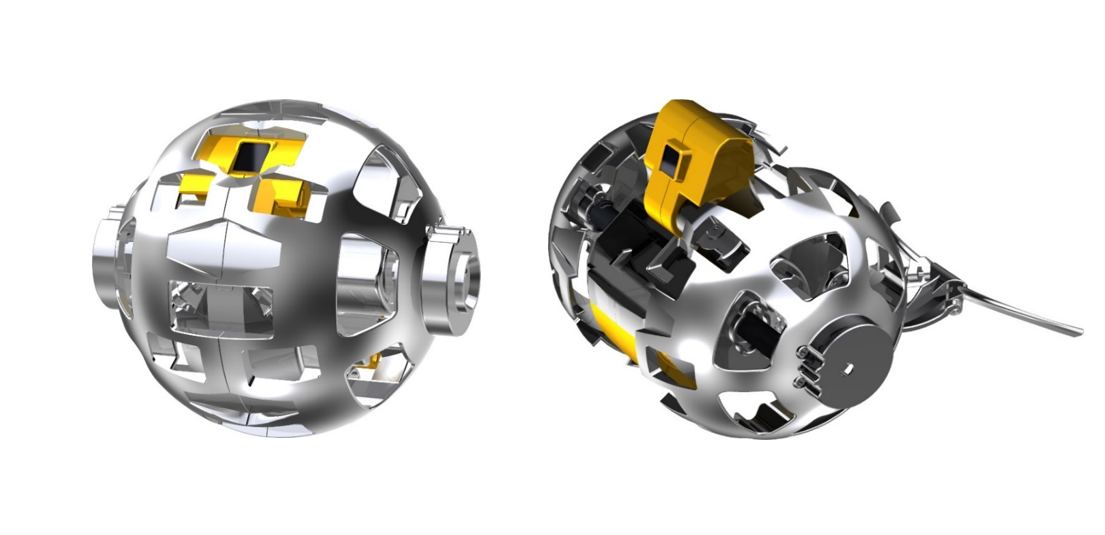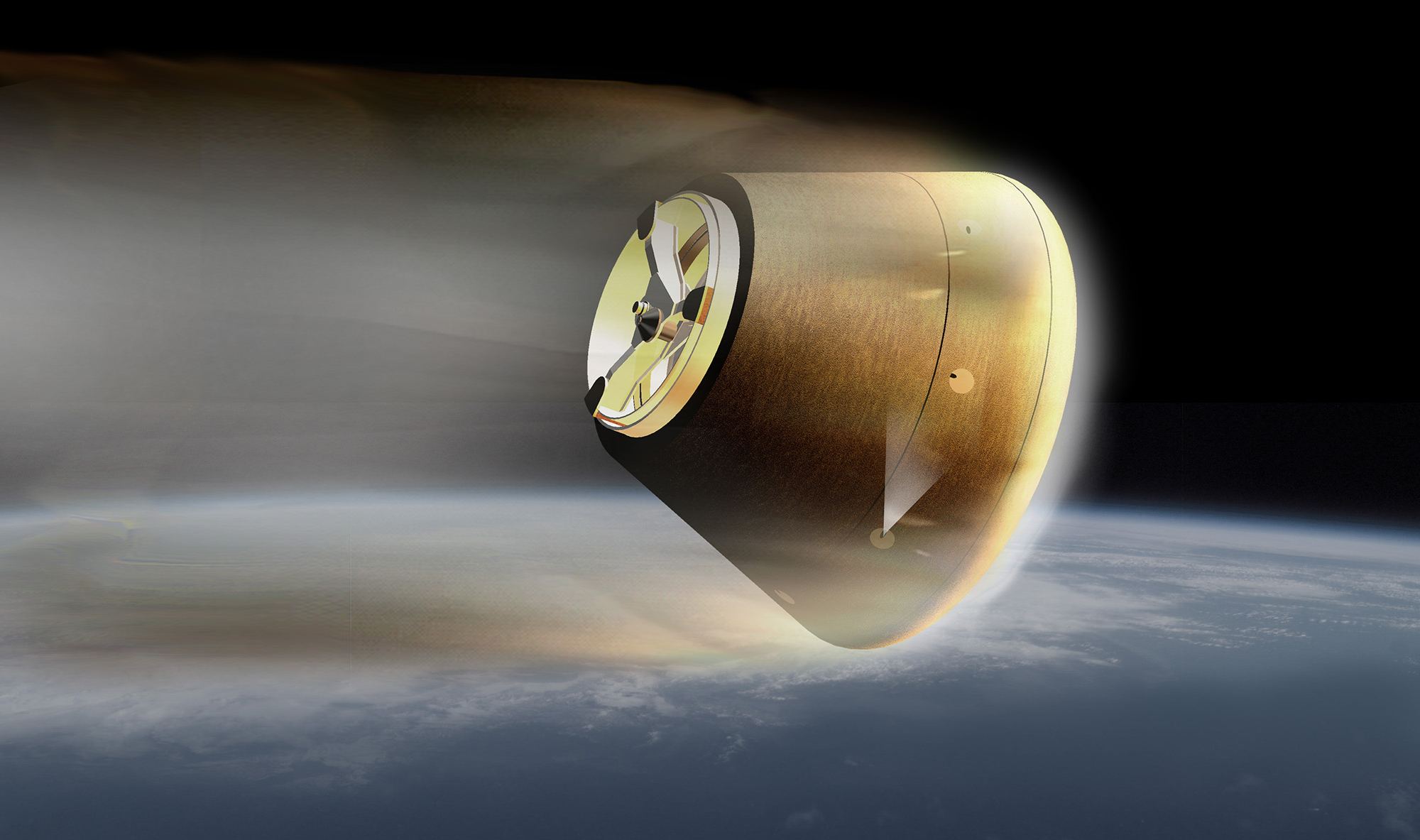On January 20th, 2024, the Japan Aerospace Exploration Agency (JAXA) made history when its Smart Lander for Investigating Moon (SLIM) made a soft landing on the Moon, becoming the first Japanese robotic mission to do so. This small-scale lander was designed to investigate the origins of the Moon and test technologies that are fundamental to exploring the low-gravity lunar environment. Unfortunately, mission controllers lost contact with the lander after April 28th, 2024, and have spent the last few months trying to reestablish communications.
Continue reading “JAXA Officially Wraps Up its SLIM Lander Mission”Japan's New H3 Rocket Successfully Blasts Off
Japan successfully tested its new flagship H3 rocket after an earlier version failed last year. The rocket lifted off from the Tanegashima Space Center on Saturday, February 17, reaching an orbital altitude of about 670 kilometers (420 miles). It deployed a set of micro-satellites and a dummy satellite designed to simulate a realistic payload.
With the successful launch of the H3, Japan will begin transitioning away from the previous H-2A rocket which has been in service since 2001 and is set to be retired after two more launches. Several upcoming missions depend on the H3, so this successful test was vital.
Continue reading “Japan's New H3 Rocket Successfully Blasts Off”Asteroid Ryugu Contained Bonus Comet Particles

On December 5th, 2020, Japan’s Hayabusa2 mission successfully returned samples it had collected from the Near-Earth Asteroid (NEA) 162173 Ryugu home. Since asteroids are basically leftover material from the formation of the Solar System, analysis of these samples will provide insight into what conditions were like back then. In particular, scientists are interested in determining how organic molecules were delivered throughout the Solar System shortly after its formation (ca. 4.6 billion years ago), possibly offering clues as to how (and where) life emerged.
The samples have already provided a wealth of information, including more than 20 amino acids, vitamin B3 (niacine), and interstellar dust. According to a recent study by a team of Earth scientists from Tohoku University, the Ryugu samples also showed evidence of micrometeoroid impacts that left patches of melted glass and minerals. According to their findings, these micrometeoroids likely came from other comets and contained carbonaceous materials similar to primitive organic matter typically found in ancient cometary dust.
Continue reading “Asteroid Ryugu Contained Bonus Comet Particles”The Solar Wind Whistles as it Passes Mercury
Mercury is the closest planet to our Sun, ranging from 46 million km (28.58 million mi) at perihelion to 69.82 million km (43.38 million mi) at aphelion. Because of its proximity, Mercury is strongly influenced by the steam of plasma constantly flowing from the Sun to the edge of the Solar System (aka. solar wind). Beginning with the Mariner 10 mission in 1974, robotic explorers have been sent to Mercury to measure how solar wind interacts with Mercury’s magnetic field to produce whistler-mode chorus waves – natural radio emissions that play a key role in electron acceleration in planetary magnetospheres.
In addition to being the cause of geomagnetic storms and auroras in planetary atmospheres, these waves also lead to electromagnetic vibrations at the same frequencies as sound, producing chirps and whistles. In a recent study, an international research team consulted data from the BepiColombo International Mercury Exploration Project, which gathered data on Mercury’s magnetosphere during its first and second flyby. Their results are the first direct probing of chorus waves in Mercury’s dawn sector, which showed evidence of possible background variations in magnetic field.
Continue reading “The Solar Wind Whistles as it Passes Mercury”Germany is Building a Tiny Rover That Will Roam the Surface of Phobos
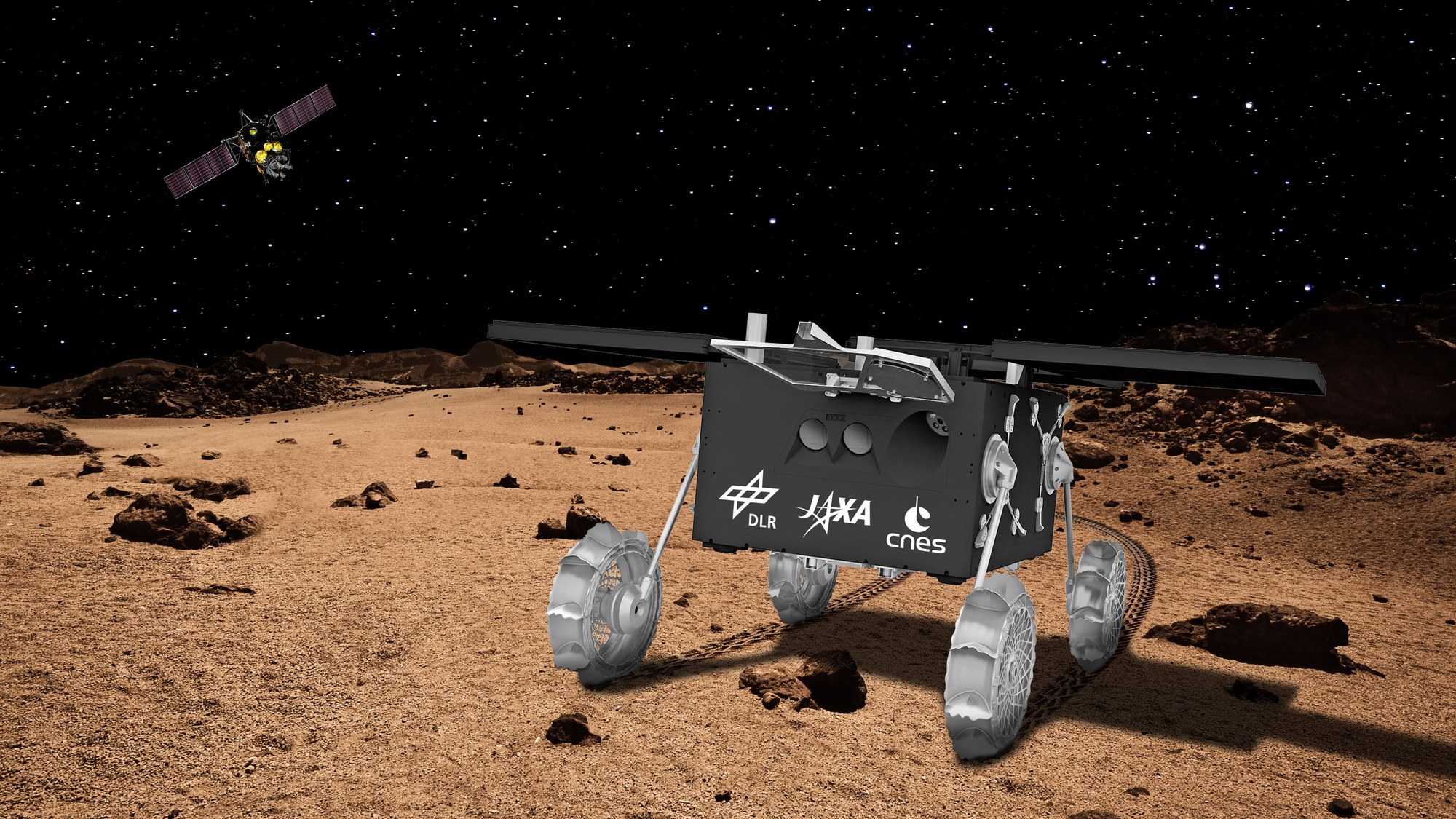
At this very moment, eleven robotic missions are operating in orbit or on the surface of Mars, more than at any point during the past sixty years. These include the many orbiters surveying the Red Planet from orbit, the handful of landers and rovers, and one helicopter (Ingenuity) studying the surface. In the coming years, many more are expected, reflecting the growing number of nations participating in the exploration process. Once there, they will join in the ongoing search for clues about the planet’s formation, evolution, and possible evidence that life once existed there.
However, there’s also the mystery concerning the origin of Phobos and Deimos, Mars’ two satellites. While scientists have long suspected that these two moons began as asteroids kicked from the Main Belt that were captured by Mars’ gravity, there is no scientific consensus on this point. This is the purpose of the Martian Moons eXploration (MMX) mission currently under development by the Japan Aerospace Exploration Agency (JAXA), which will explore both moons with the help of a Phobos rover provided by the German Aerospace Center (DLR) and the French National Center of Space Studies (CNES).
Continue reading “Germany is Building a Tiny Rover That Will Roam the Surface of Phobos”Samples of Asteroid Ryugu Contain More Than 20 Amino Acids
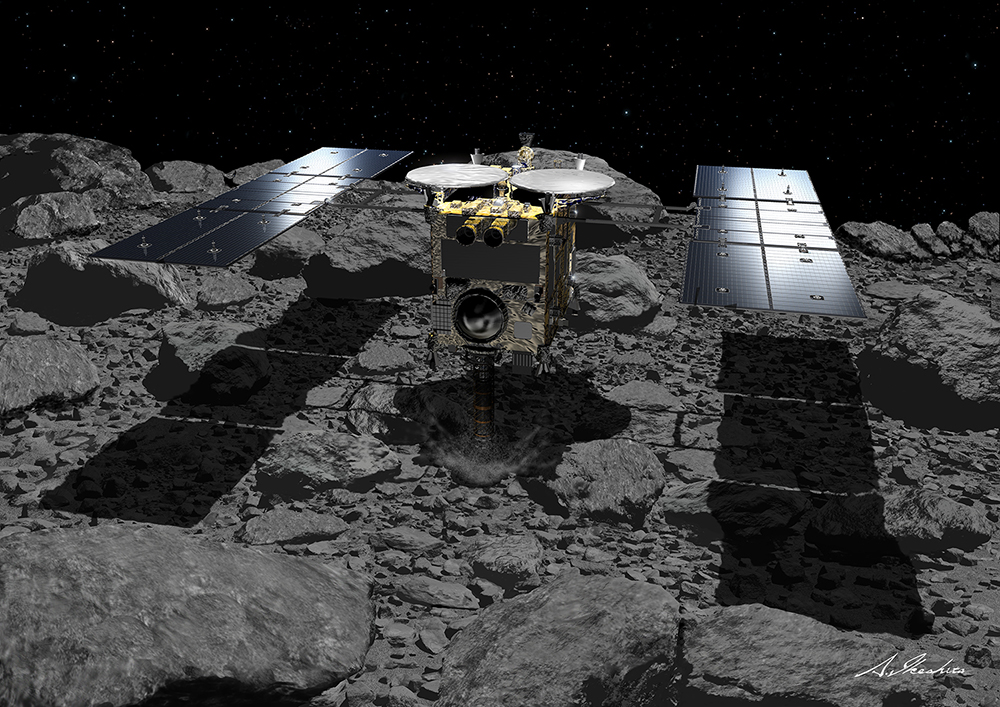
In 2014, the Japan Aerospace Exploration Agency (JAXA) dispatched its Hayabusa2 spacecraft to rendezvous with 162173 Ryugu, a Near-Earth Asteroid (NEA) that periodically passes close to Earth. In 2018, this sample-return mission reached Ryugu and spent the next year and a half studying its surface and obtaining samples from its surface and subsurface. By 2020, these samples made it back to Earth, where scientists began analyzing them in the hopes of learning more about the early history of the Solar System and answering key questions about the origins of life.
Earlier this year, the first results of the analysis showed that Ryugu is (as expected) rich in carbon, organic molecules, and volatiles (like water) and hinted at the possibility that it was once a comet. Based on a more recent analysis, eight teams of Japanese researchers (including one from JAXA) recently announced that Ryugu carries strains of no less than 20 different amino acids -the building blocks of DNA and life itself! These findings could provide new insight into how life is distributed throughout the cosmos and could mean that it is more common than previously thought.
Continue reading “Samples of Asteroid Ryugu Contain More Than 20 Amino Acids”Japan’s Upcoming Mission Will Use a Vacuum to Get its Sample From Phobos
JAXA, the Japanese Aerospace Exploration Agency, is carving out a niche for itself in sample-return missions. Their Hayabusa mission was the first mission to sample an asteroid when it brought dust from the asteroid Itokawa to Earth in 2010. Then its successor, Hayabusa 2, brought back a sample from asteroid Ryugu in 2020.
Now JAXA has the Martian moon Phobos in its sights and will send a spacecraft to sample it as soon as 2024. The mission is called Martian Moons eXploration (MMX), and it’ll use a pneumatic vacuum device to collect its samples.
Continue reading “Japan’s Upcoming Mission Will Use a Vacuum to Get its Sample From Phobos”Japan’s Mission to Phobos Will Also Bring a Sample Home by 2029
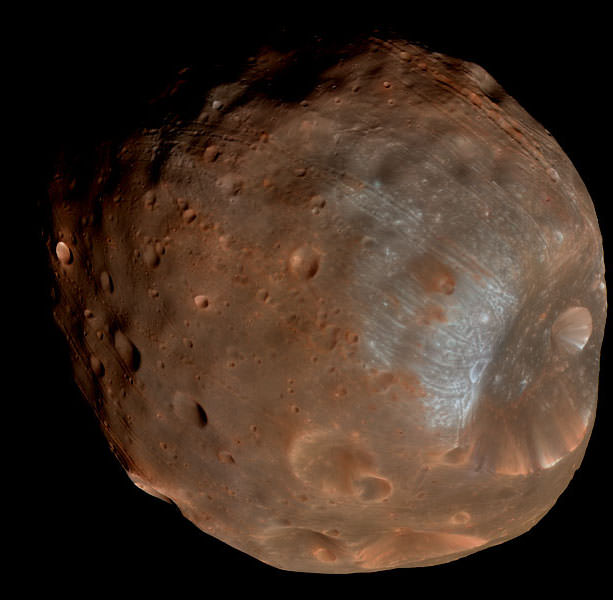
Japan’s space agency (JAXA) is gearing up for its Martian Moons eXploration (MMX) mission, with plans to have a sample from Mars’ moon Phobos return to Earth by 2029. Mission scientists say they hope to find clues to the origins of Mars two moons, as well as Mars itself, and possibly even traces of past life.
“We think that the Martian moon, Phobos, is loaded with material lifted from Mars during meteorite impacts,” the MMX team said on Twitter. “By collecting this Phobos sample, MMX will help investigate traces of Martian life and the new era of Martian habitability exploration in the 2020s will begin.”
Continue reading “Japan’s Mission to Phobos Will Also Bring a Sample Home by 2029”Lunar Rovers! Transform and Roll Out!
A number of missions are destined for the Moon before this decade is over. In addition to the Artemis Program, the European Space Agency (ESA), the China National Space Agency (CNSA), Roscosmos, and other space agencies have some ambitious plans of their own. These include sending robotic missions to characterize the local environment, scout out resources, and pave the way for permanent human outposts.
The Japanese Aerospace Exploration Agency (JAXA) also some very interesting lunar missions in mind. In addition to partnering with NASA on the Artemis Program and helping to create the Lunar Gateway, JAXA has the radical idea to send a transforming rover to the Moon. The data this rover collects will be used to inform the design of a pressurized rover that will allow for a sustained human presence on the Moon.
Continue reading “Lunar Rovers! Transform and Roll Out!”JAXA Using Water Bottle Technology for Sample-Return Missions From the ISS
The International Space Station (ISS) is not only the largest and most sophisticated orbiting research facility ever built, it is arguably the most important research facility we have. With its cutting-edge facilities and microgravity environment, the ISS is able to conduct lucrative experiments that are leading to advances in astrobiology, astronomy, medicine, biology, space weather and meteorology, and materials science.
Unfortunately, the cost of transporting experiments to and from the ISS is rather expensive and something only a handful of space agencies are currently able to do. To address this, the Japanese Aerospace Exploration Agency (JAXA) and Tiger Corporation partnered in 2018 to create a new type of container that would cut the cost of returning samples to Earth. With the success of their initial design, JAXA and Tiger are looking to create a reusable version that will allow for regular sample returns from the ISS.
Continue reading “JAXA Using Water Bottle Technology for Sample-Return Missions From the ISS”
